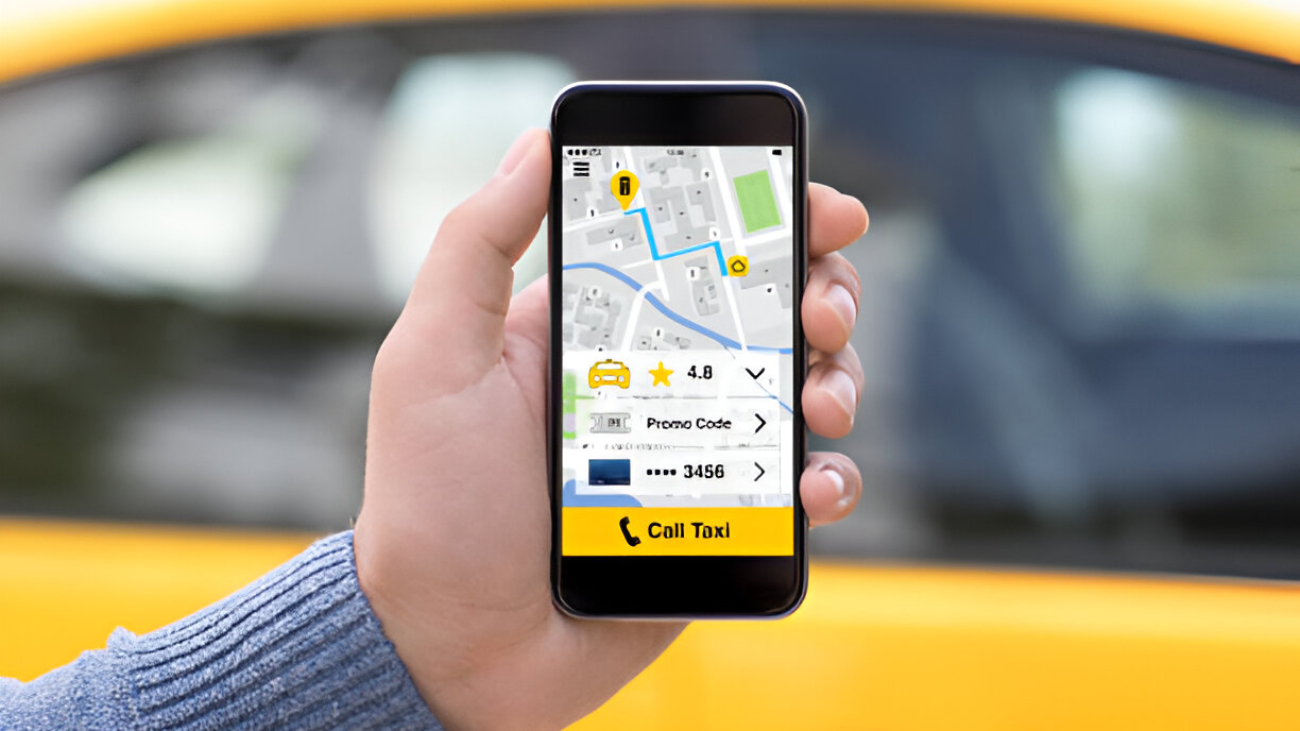In today’s fast-paced world, technology has revolutionized the transportation industry, with Artificial Intelligence (AI) and Global Positioning System (GPS) playing pivotal roles in modern taxi services. These advancements have significantly improved efficiency, safety, and customer satisfaction. This article explores how AI and GPS are transforming the taxi industry, making rides more convenient and reliable.
The Evolution of Taxi Services
Traditional taxi services relied on manual dispatching and street hailing, which often led to inefficiencies, long wait times, and miscommunication. The introduction of AI-powered ride-hailing platforms and GPS technology has eliminated these challenges, offering a seamless experience for both drivers and passengers.
AI in Taxi Services
1. Smart Ride Matching
AI algorithms analyze data such as passenger location, driver availability, and traffic conditions to optimize ride allocation. This reduces wait times and ensures efficient resource utilization.
2. Predictive Demand Forecasting
Using historical data and real-time analytics, AI predicts peak demand hours, enabling drivers to position themselves in high-demand areas. This maximizes earnings and reduces idle time.
3. Dynamic Pricing
AI-driven dynamic pricing adjusts fares based on factors like demand, traffic congestion, and weather conditions. This ensures fair pricing while balancing supply and demand.
4. Enhanced Safety Measures
AI-powered facial recognition, driver behavior monitoring, and emergency alert systems improve passenger and driver safety. AI can detect drowsiness, reckless driving, and potential threats, alerting authorities when necessary.
5. Chatbots and Virtual Assistants
AI-driven customer support chatbots handle booking inquiries, ride issues, and complaints, reducing human workload and improving response times.
The Role of GPS in Taxi Services
1. Real-Time Navigation
GPS technology provides accurate real-time navigation, ensuring drivers take the most efficient routes, avoid traffic congestion, and reach destinations faster.
2. Location Tracking and ETA Estimation
Passengers can track their ride in real-time and receive accurate Estimated Time of Arrival (ETA), enhancing transparency and reliability.
3. Geofencing for Security
Geofencing allows taxi services to define operational zones. If a vehicle deviates from its route, alerts are triggered, ensuring passenger safety.
4. Route Optimization
AI-integrated GPS systems analyze multiple routes, considering factors like traffic, roadblocks, and weather conditions to suggest the fastest and safest path.
5. Fleet Management
Taxi companies use GPS to monitor their fleet’s location, fuel consumption, and maintenance needs, ensuring smooth operations and reducing costs.
Benefits of AI and GPS Integration in Taxi Services
- Increased Efficiency: AI and GPS minimize idle time, reduce fuel consumption, and optimize ride allocation.
- Enhanced Safety: Advanced tracking and monitoring systems protect both passengers and drivers.
- Better Customer Experience: Accurate ETAs, optimized routes, and efficient customer support enhance user satisfaction.
- Higher Profitability: Dynamic pricing and demand forecasting improve revenue generation.
Challenges and Future Trends
Despite their advantages, AI and GPS in taxi services face challenges such as data privacy concerns, cybersecurity threats, and technological costs. However, future advancements like self-driving taxis, AI-powered traffic management, and blockchain integration are expected to further revolutionize the industry.
Conclusion
AI and GPS have transformed modern taxi services, making them smarter, safer, and more efficient. As technology continues to evolve, the integration of AI and GPS will play an even more significant role in shaping the future of urban transportation. For reliable and advanced taxi services, platforms like 7Stoppers leverage these innovations to provide seamless ride experiences.
FAQs:
1. How does AI improve modern taxi services?
AI enhances taxi services by optimizing routes, predicting demand, reducing wait times, and improving fare estimation. It also enables automated customer support and fraud detection.
2. What role does GPS play in taxi services?
GPS helps track vehicle locations in real time, provides accurate navigation, and ensures efficient route planning to reduce travel time and fuel consumption.
3. How does AI help in route optimization?
AI analyzes traffic patterns, weather conditions, and historical data to determine the fastest and most efficient routes, saving time for both drivers and passengers.
4. Can AI and GPS improve safety in taxi services?
Yes, AI can detect risky driving behaviors and suggest safer alternatives, while GPS allows real-time tracking for security and emergency assistance.
5. How do AI-powered chatbots assist taxi services?
AI chatbots handle bookings, provide fare estimates, and assist customers with queries, reducing the need for human intervention and improving efficiency.
6. How does AI help in dynamic pricing for taxis?
AI analyzes demand, traffic, and other factors to adjust fares in real time, ensuring fair pricing for passengers while maximizing driver earnings.
7. Can GPS reduce fuel costs for taxi drivers?
Yes, GPS helps drivers choose the most efficient routes, avoiding traffic congestion and unnecessary detours, leading to lower fuel consumption.
8. How does AI contribute to driver and passenger safety?
AI can monitor driver behavior, detect fatigue, and send alerts for unsafe driving. It also enables emergency response systems using GPS tracking.
9. What are the benefits of AI and GPS for taxi companies?
AI and GPS improve operational efficiency, reduce costs, enhance customer satisfaction, and enable data-driven decision-making for taxi service providers.
10. What is the future of AI and GPS in taxi services?
The future includes autonomous taxis, improved AI-based ride matching, enhanced safety features, and smarter route optimization for faster and more efficient rides.

